3 Respect
Guiding Questions
- How can the online learning environment recognize and respect Indigenous cultural values and norms?
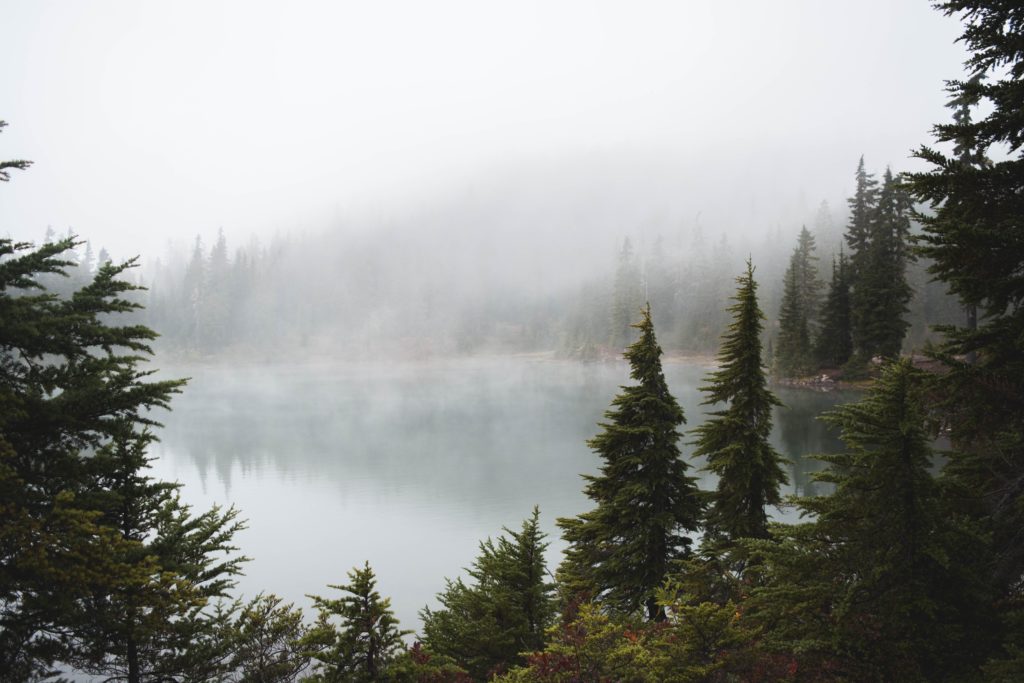
What Respect Means
Respect is the need to recognize and apply Indigenous cultural norms and values into online learning appropriately. You need to tailor this to your local environment and community, as it is important to use locally appropriate resources relevant to the area you are occupying. For example, if you live in BC and work in SD61, you would use your local district’s Indigenous Education Department [website] as a resource for your learning. Most of these departments have their own website dedicated to cultural resources.
How to Integrate Respect into Online Learning
Although there are many ways to weave respect into online teaching and learning, we have chosen to focus on how to respect the land. In this section, we explore how to conduct a traditional territory acknowledgement. The following resource is an audio discussion of how we, as settler-educators, view territory acknowledgements and includes examples of how we both give these acknowledgements in different ways.
The audio recording below is a conversation between the authors, Joanna and Hayley, about integrating the R of Respect into our teaching practices. Video is available with closed captioning. [Video] Integrating Respect into Online Learning video transcript [website]
What is a Territory Acknowledgement?
A land or territory acknowledgement is conducted by settlers to show respect and acknowledgement that they are visitors to Indigenous lands. It is a statement of respect, that should lead to further reflection. Territory acknowledgements should be given at any public gathering, meeting, or event (online or in-person). It is important to note that territory acknowledgements are becoming controversial, as some Indigenous people feel like these acknowledgements are tokenized or used as a brief political statement as a segue into regular conversation. Hayden King speaks to this in their interview [website] with CBC’s Unreserved [website] podcast which was hosted by Rosanna Deerchild. Falen Johnson is the current host of Unreserved.
Why is It Important to Do a Territory Acknowledgement?
When we do a land acknowledgement, we recognize our colonial past and take responsibility for our promise of reconciliation. We create a safer space for Indigenous peoples. We may create discomfort for non-Indigenous peoples which may give way to reflection and further learning. As you listen to or deliver a land acknowledgement, you are allowing space to reflect about the people who once solely inhabited this land and how these lives have changed as a response to colonization. Embracing this time of acknowledgement may bring up discomfort with the difficult past and present of the Indigenous groups of Canada and how you have contributed to these issues. It may also be uncomfortable to be the person to be delivering the acknowledgement if you identify as a settler yourself. Feelings of shame, embarrassment, or ignorance can arise as you navigate asking what the right pronunciation for the territory names are, whose land you are currently on, and who you are delivering this acknowledgement in the presence of. Embrace this awkwardness, tension, and heavy-heartedness that comes with giving a land acknowledgement in your classroom, as this is an important step towards the path to reconciliation and understanding the importance of land acknowledgements.
The Components of a Territory Acknowledgement
The components of a territory acknowledgement vary, but most contain the following:
- Recognition of the lands you are on. This statement helps us move toward reconciliation, as we are publicly acknowledging that First Nations, Inuit and Metis have occupied these lands since time immemorial, and we are respecting the land on which we do our work.
- Stating whose territory(ies) the land belongs to.
- Pronouncing the nations as accurately as possible (do the work).
Tools to Support Further Learning
In addition to providing learners with an understanding of Canada’s complex history, territory acknowledgements can be used as an inquiry prompt: Why is land important? Who owns the land? Why do we have different acknowledgements? We found the following resources appropriate for our research as educators, and were able to use many of the website resources as provocations for rich learning tasks in our classrooms (both online and in person).
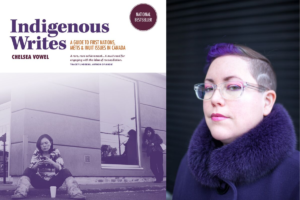
Chelsea Vowel [website] is Métis from manitow-sâkahikan (Lac Ste. Anne) Alberta, residing in amiskwacîwâskahikan (Edmonton). Mother to six girls, she has a BEd, LLB, and MA. She is a Cree language instructor at the Faculty of Native studies at the University of Alberta.
Chelsea is a public intellectual, writer, and educator whose work intersects language, gender, Métis self-determination, and resurgence. Author of Indigenous Writes: A Guide to First Nations, Métis & Inuit Issues in Canada [website], she and her co-host Molly Swain produce the Indigenous feminist sci-fi podcast Métis in Space [website], and co-founded the Métis in Space Land Trust [website]. Her website, apihtawikosisan.com [website], is a blog that contains interviews, resources, and reflections on her experiences and connections as a mother, educator, and Métis person.
The Victoria School District 61 [website] in Victoria, BC, has resources for Indigenous education including elder facilitation, literature, and lesson plans for your classroom.
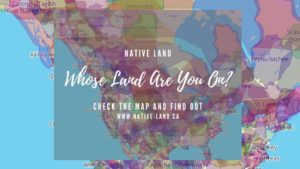
Native Land Digital [website] is a website which outlines the importance of a land acknowledgement in a more general sense including the why and how of land acknowledgements, next steps to further our recognition of the lands we are living and teaching on, and a collection of up to date resources for educators.
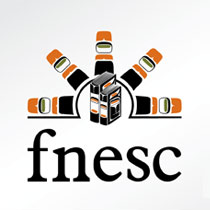
The First Nations Education Steering Committee (FNESC) [website] is an organization representing and working on behalf of First Nations in British Columbia. Their mandate is to support First Nations students and advance First Nations education in BC.
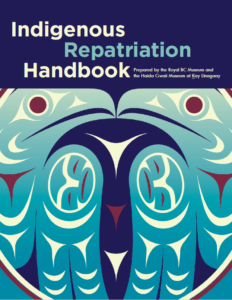
The Indigenous Collections and Repatriation department of the Royal BC Museum [website] in Victoria, BC, hosts a range of digital and physical collections of artifacts and documents to broaden your understanding of Indigenous culture and knowledge in Canada. Online resources include the Vancouver Island Treaties document [website] and recordings from musicologist, Ida Halpern [website]. The Learning Portal [website]offers resources to discover Indigenous languages in BC and First Nations in BC videos on their Royal BC Museum Channel [website].

